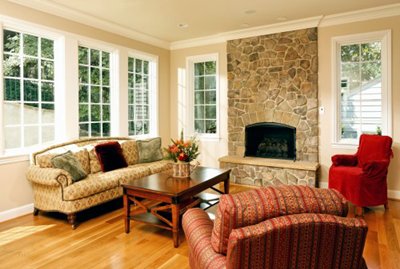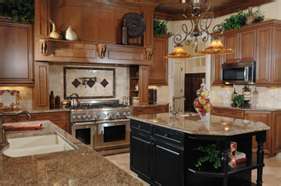Fireplace Conversion to Maximize Heat
Most traditional wood-burning fireplaces are very inefficient. As the fire burns, it draws heat from the inside of the house and up the chimney, so you are literally heating the outdoors. Recently homeowners have been looking for ways to maximize the heat put out by their fireplaces and make them more energy efficient. Below are some fireplace conversion ideas.

Wood-Burning Stove: Some homeowners convert their fireplaces into wood-burning stoves, which are more efficient and produce more heat. A stove insert that fits inside the fireplace can be used. However, you will also need to install a stovepipe which runs up the chimney or you run the risk of allowing the smoke to waft back into the house. Wood-burning stoves are a good way to heat big rooms, but may make small rooms too hot, so they don’t make sense for every home. Wood-burning stoves are also a lot of work; wood needs to be obtained and chopped. The stove must be monitored and ashes cleaned out. Stovepipes must be checked regularly. Wood-pellet stoves alleviate some of these inconveniences. Some green advocates feel that wood-burning stoves are an eco-friendly alternative to other forms of heat as long as the wood that is burned is waste wood or has been sustainably harvested.
Gas Fireplace: Another popular option is converting your wood-burning fireplace into gas, which provides a safer, cleaner alternative that is far more energy efficient. Be sure to use a model that meets or exceeds EPA standards for efficiency. There are a number of methods for converting a wood-burning fireplace to gas.
A gas log kit will give you the look of a fireplace, but not a lot of warmth. It necessitates that the flue stay partially open, which means you must get tightly fitting glass doors (which can be expensive) to cover the fireplace opening or heat will escape up the chimney.A ventless system allows more of the heat to stay in the room. However, they also permit moisture to build up and can vent gases back into the room, so they are not recommended for homeowners with respiratory health issues. Because of potential problems, experts advise only using ventless fireplaces for a few hours at a time.Gas fireplace inserts fit within the existing fireplace and must be sized properly for the space. They are sealed from the room, so they cannot be opened. The interior of the fireplace becomes a combustion chamber which draws air from the outside and pumps out exhaust gases through a vent set into the wall or chimney. An insert allows you to have energy efficiency and good air quality; however, it is usually the most expensive option.



